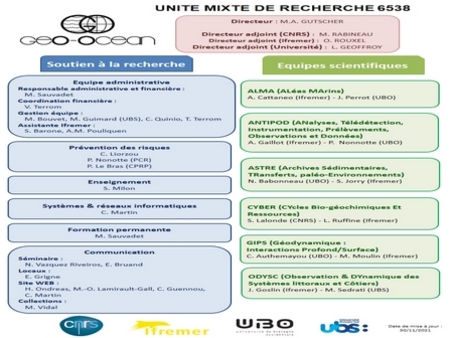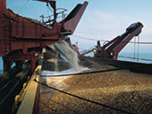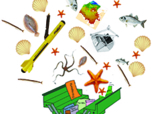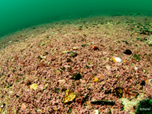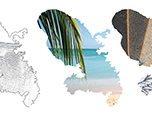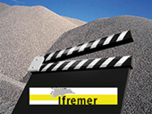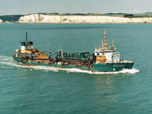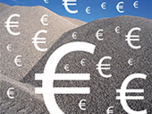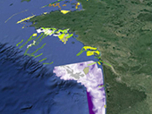Marine aggregates
The continental shelf is a natural extension of the land into the marine environment and is therefore susceptible to contain the same resources as on the continent, the exploitation of underwater hydrocarbons is an example. Continental platforms are characterized mainly by their soft sediment cover which often contains useful substances such as siliceous and calcareous sand and gravel, calcareous algae, mineralized sands.
Of the mineral substances used in France, aggregates are the second highest in quantity after water. Aggregate consumption was 379 million tonnes (Mt) in 2011, down from 2006 (428 Mt), with the share of alluvial aggregates decreasing steadily (40% in 2006, 31% in 2011) for crushed and recycled aggregates (Figure 1). Today, the alluvial valleys located near major industrial centres and urban areas are actively exploited; we are witnessing a decrease or even a depletion of resources which, in some regions, pose a real problem in supply.
(source UNPG - Union nationale des producteurs de granulats)
This evolution is leading to a series of technical problems in certain usages of the resource, such as aggregates used in the composition of concrete (construction sector) or road asphalt (transport sector). The search for alternatives to alluvial aggregates is the reason for interest in marine aggregate resources (increasing demand for exploration and exploitation permits), with as a result, new issues and conflicts of use for the maritime space.
Marine aggregates currently account for only 2% of national production, but may take a significant proportion in the quantities extracted from aggregates for coastal departments or in the use of loose rock for areas with maritime facades or offshore extraction sites (Figure 2).

